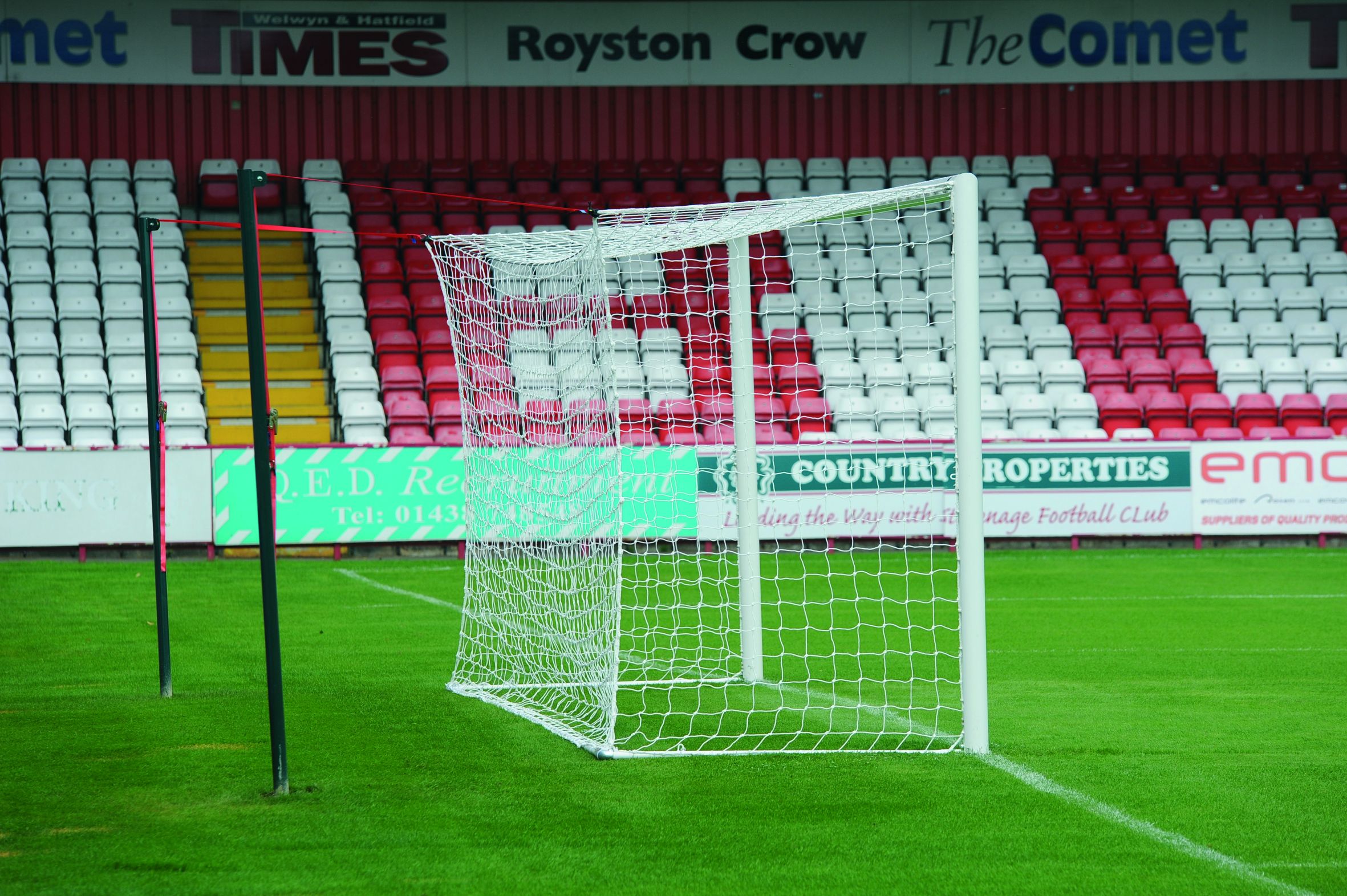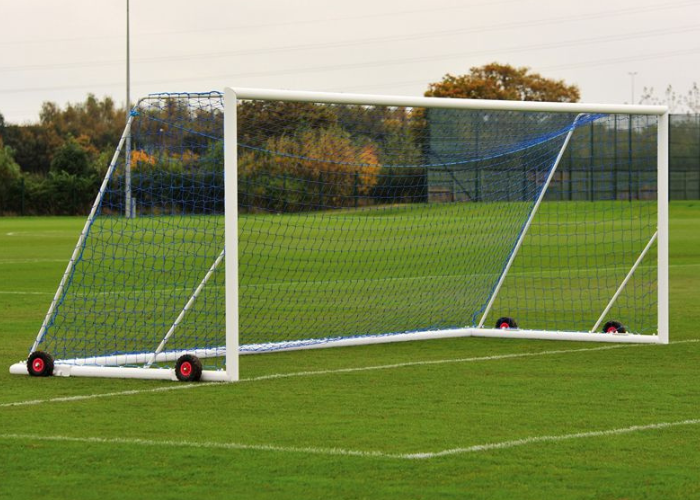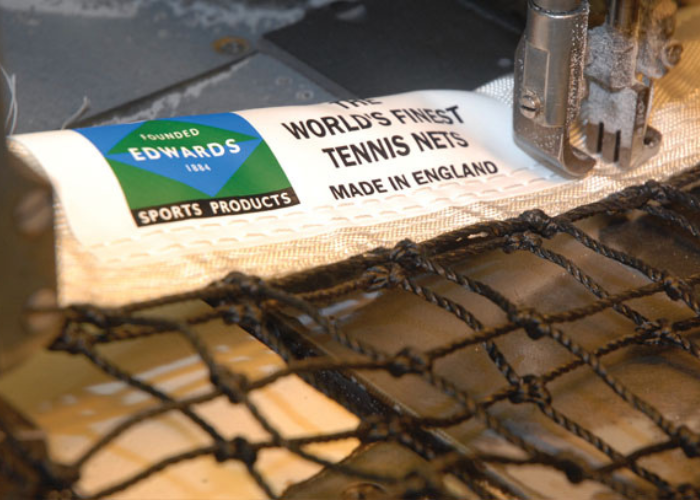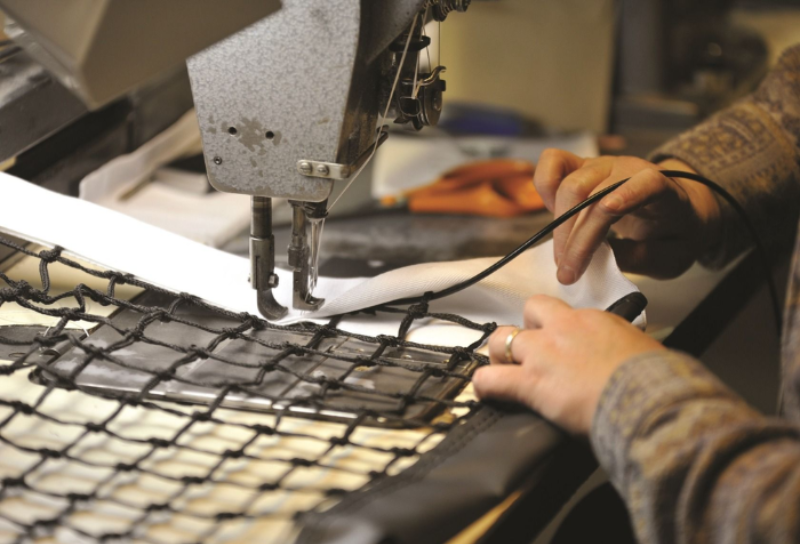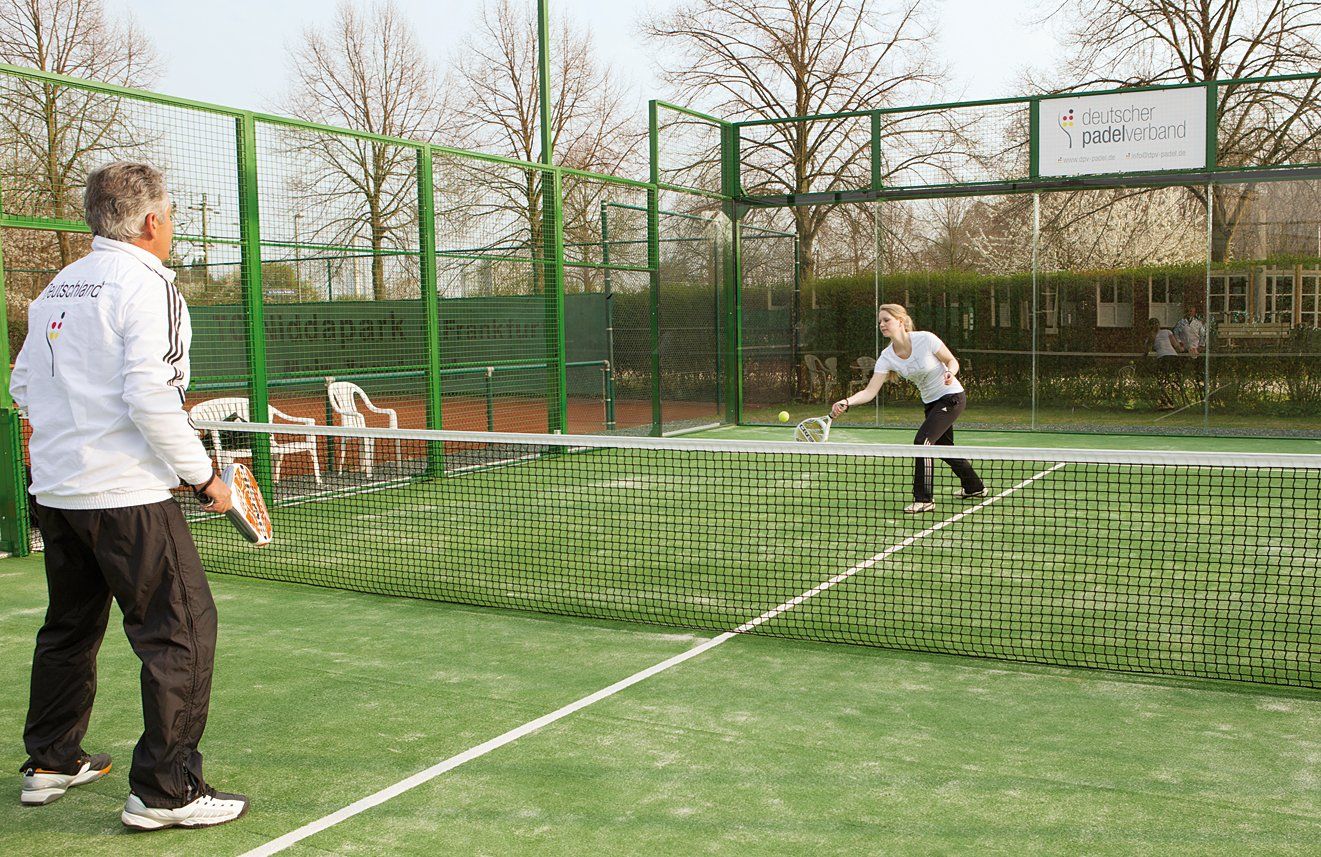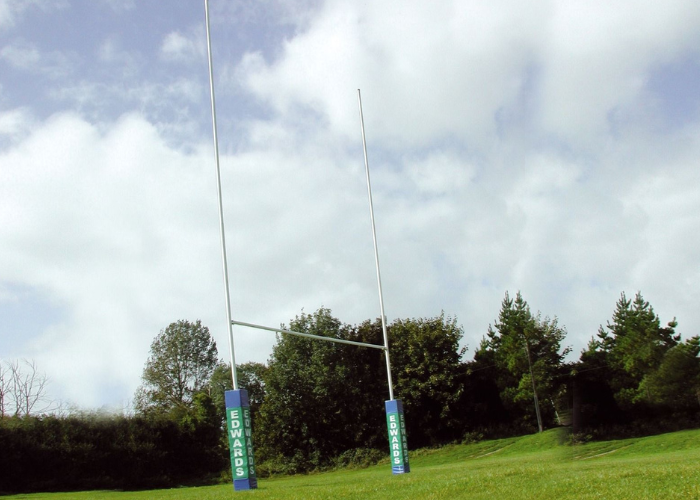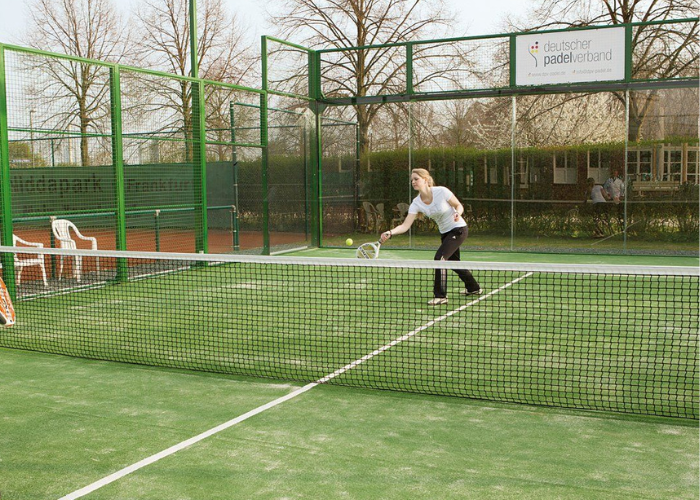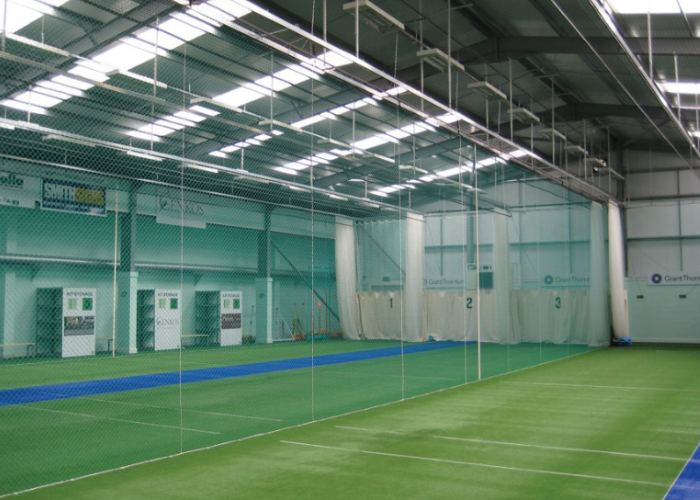We use cookies to make your experience better. To comply with the new e-Privacy directive, we need to ask for your consent to set the cookies. Learn more.
Where Did Pickleball Originate? History, Facts & Figures
- Admin
- Blog Posts
- 30 May 2024
-
4views
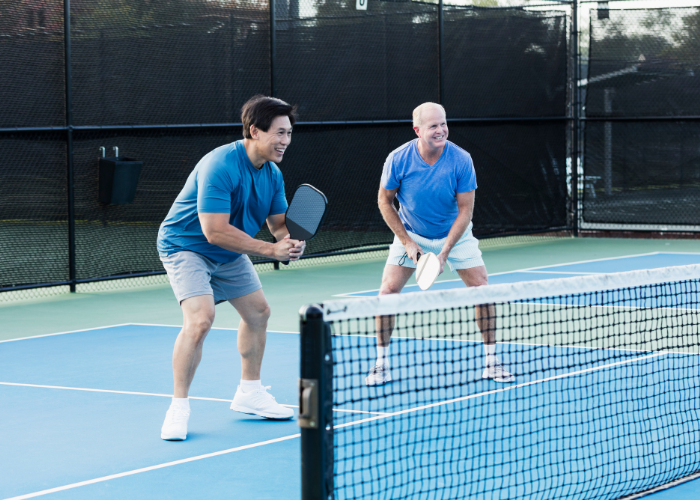
Discover where pickleball originated & why it has become such a popular sport within recent years, including popular competitions around the UK.
Pickleball has become very popular in recent years, with people of all skill levels and ages getting stuck into the fast-paced and fun game. But where did pickleball originate, and how did it all begin?
The history of the sport is actually quite intriguing, as it combines elements from other popular sports like tennis, badminton, and ping pong.
If you want to up your pickleball knowledge, we’ve got all the facts and figures you need to know about its origins and what the sport has become today.
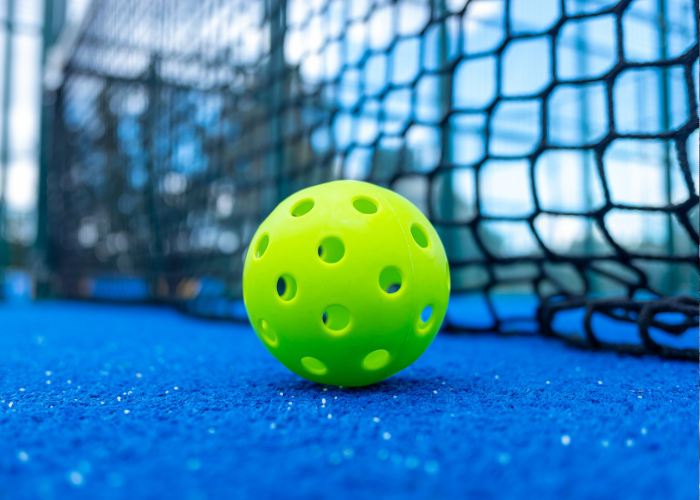
What Are the Origins of Pickleball?
The roots of pickleball can be traced back to the summer of 1965 on Bainbridge Island, Washington. It was here that Joel Pritchard, a successful businessman, and Bill Bell, a friend, found themselves with idle hands and an inspired idea.
Seeking a fun activity to keep their families entertained, they improvised with a badminton court and a perforated plastic ball.
Little did they know that their makeshift game would soon evolve into a beloved sport played by millions worldwide.
Joined by Barney McCallum, another friend, the trio experimented with rules and equipment, gradually shaping the game we know today as pickleball.
The initial court dimensions were based on a traditional badminton court, and the net was lowered to accommodate the unique gameplay they envisioned.
Etymology of the NameOne of the most intriguing aspects of pickleball is the origin of its peculiar name. According to legend, the game was christened after one of the founder's family's dogs named ‘Pickles’. As the story goes, the dog would frequently run onto the court and chase after the ball, leading the creators to jokingly refer to their new game as ‘Pickle's ball’, which eventually morphed into the name ‘pickleball’. Another theory suggests that the name may have derived from the term ‘pickle boat’, a rowing term used to describe a boat crewed by oarsmen from various other ships. This analogy could have been drawn to the game's unique rules and the combining of different sports elements. |
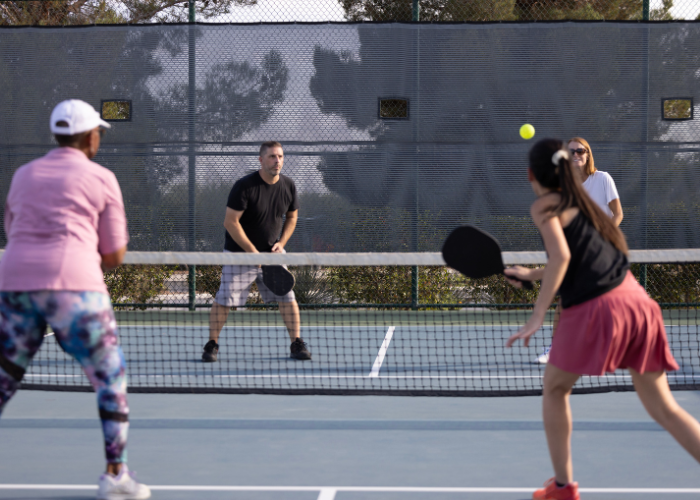
How Has Pickleball Changed Over the Years?
In its early days, pickleball's rules and equipment were constantly evolving as the founders experimented and refined the gameplay experience.
Drawing inspiration from badminton, the initial rules stipulated that the ball must bounce once on each side before volleys were allowed, and the serve was underhand.
As the game gained popularity within their community, the founders sought to create a more consistent and standardised experience.
They introduced a perforated plastic ball similar to a wiffleball, which provided a more predictable bounce and flight path.
Additionally, they crafted wooden paddles with a smooth surface to enhance control and precision.
Spread & Popularity of the Sport
From its humble beginnings in a garden on Bainbridge Island, pickleball quickly captured the imaginations of neighbouring communities.
Word of this unique and entertaining game spread through social circles, and soon, pickleball enthusiasts began cropping up across the United States.
|
The United States Amateur Pickleball Association (USAPA), founded in 1984, was instrumental in establishing uniform rules, organising tournaments, and raising awareness about the game across the globe. |

What Are the Rules of Pickleball Today?
Over the years, pickleball's rules have been refined and standardised by governing bodies to ensure fair and consistent gameplay across all levels.
The current rules dictate that the game is played on a badminton-sized court with a slightly modified pickleball net that stands 34 inches (86cm) high at the centre.
Players use solid paddles made of composite materials or wood to hit a perforated polymer ball over the net.
The game can be played in singles or doubles formats, with a serving rotation that alternates between teams. The objective is to score points by hitting the ball in such a way that the opposing team cannot return it before it bounces twice on their side of the court.
One unique aspect of pickleball is the ‘non-volley zone’ – also known as the ‘kitchen’ – which extends 7 feet (2.13m) from the net on each side. Players are not allowed to step into this area to volley the ball, encouraging a strategic game of positioning and shot placement.
Padel Tennis vs Pickleball: A Guide to The UK’s Fastest Growing Racket Sports
Pickleball Organisations & Governance
As pickleball gained traction in the United Kingdom, the need for a governing body became evident.
|
The Pickleball England Association was established in 2015 to oversee the sport's development and promote its growth across the country. |
In addition to Pickleball England, the European Pickleball Federation (EPF) plays a vital role in governing the sport at a continental level.
The EPF works closely with national associations like Pickleball England to standardise rules, organise tournaments and events, and foster pickleball's growth across diverse communities in Europe.
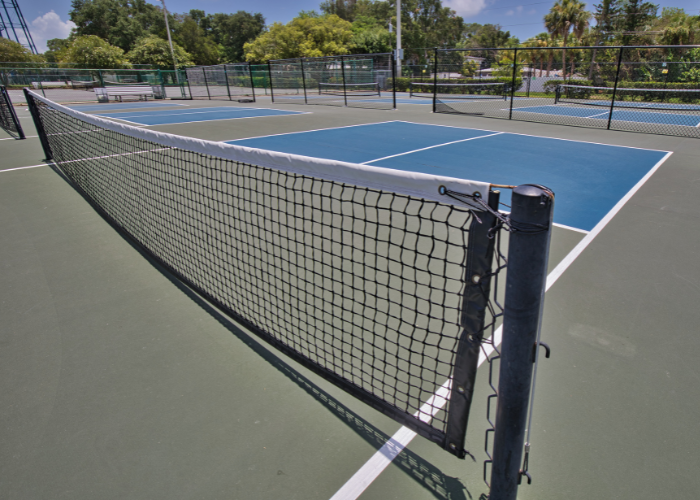
Statistics & Current Trends in Pickleball
Pickleball's meteoric rise in popularity has not been confined to the United States; the sport has gained a substantial following in the United Kingdom as well.
|
According to the Pickleball England Association, the number of registered pickleball players in the UK has grown exponentially, from just a handful of enthusiasts in the early 2010s to over 4,000 active players by 2022. |
This trend is reflected across Europe, with countries like Spain, France, and Germany witnessing a surge in pickleball participation.
The sport's accessibility, affordability, and appeal to diverse age groups have contributed to its rapid expansion across various demographics in the UK and beyond.
UK Pickleball Competitions & Championships
As pickleball's popularity has soared in the UK, so too has the competitive scene.
The Pickleball England Association and other regional organisations have been instrumental in organising local and national tournaments, providing platforms for players to showcase their skills and compete for coveted titles.
Notable events like the UK Open Pickleball Championships and the British National Championships have attracted top players from across the country and beyond, further fuelling the sport's growth and recognition.
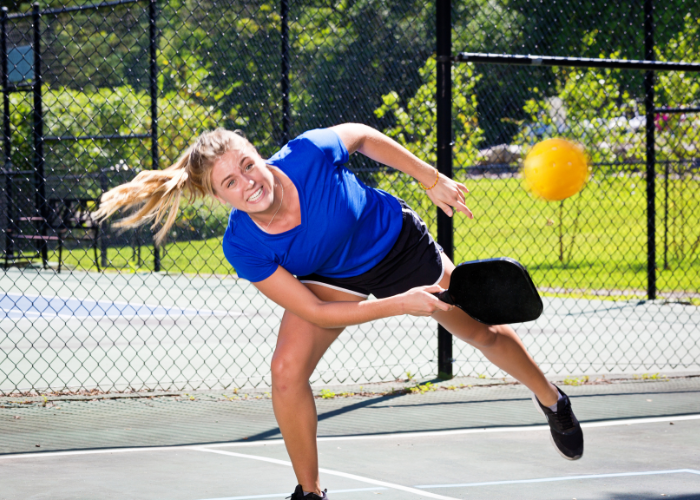
The Bottom Line
From its humble beginnings as a garden game on Bainbridge Island to its current status as a globally recognised sport, pickleball has come a long way.
Its journey is a testament to the power of innovation, determination, and the universal appeal of a well-designed game.
In the United Kingdom, pickleball has firmly established itself as a beloved pastime, transcending age and social barriers. Its ability to bring communities together, promote physical activity, and foster social connections has contributed to its widespread popularity.
Here at Edwards Sports, we love a good game of pickleball – that's why we’re dedicated to providing high-quality products for your pickleball needs. Take a look at our quality pickleball range for your facility today!
Shop Pickleball Court Equipment
FAQs
How Long Does It Take to Build a Pickleball Court?
Pickleball was invented by Joel Pritchard, Barney McCallum, and Bill Bell on Bainbridge Island in 1965. The three friends created the game as a garden activity to keep their families entertained during the summer.
When Did Pickleball Become an Organised Sport?
The United States Amateur Pickleball Association (USAPA) was founded in 1984, marking a significant step in establishing pickleball as an organised sport with standardised rules, tournaments, and promotion efforts.
What Sports Influenced the Development of Pickleball?
Pickleball drew inspiration from various sports, including badminton (for court dimensions and the net), tennis (for scoring and serving rules), and table tennis (for the perforated plastic ball and paddles).





